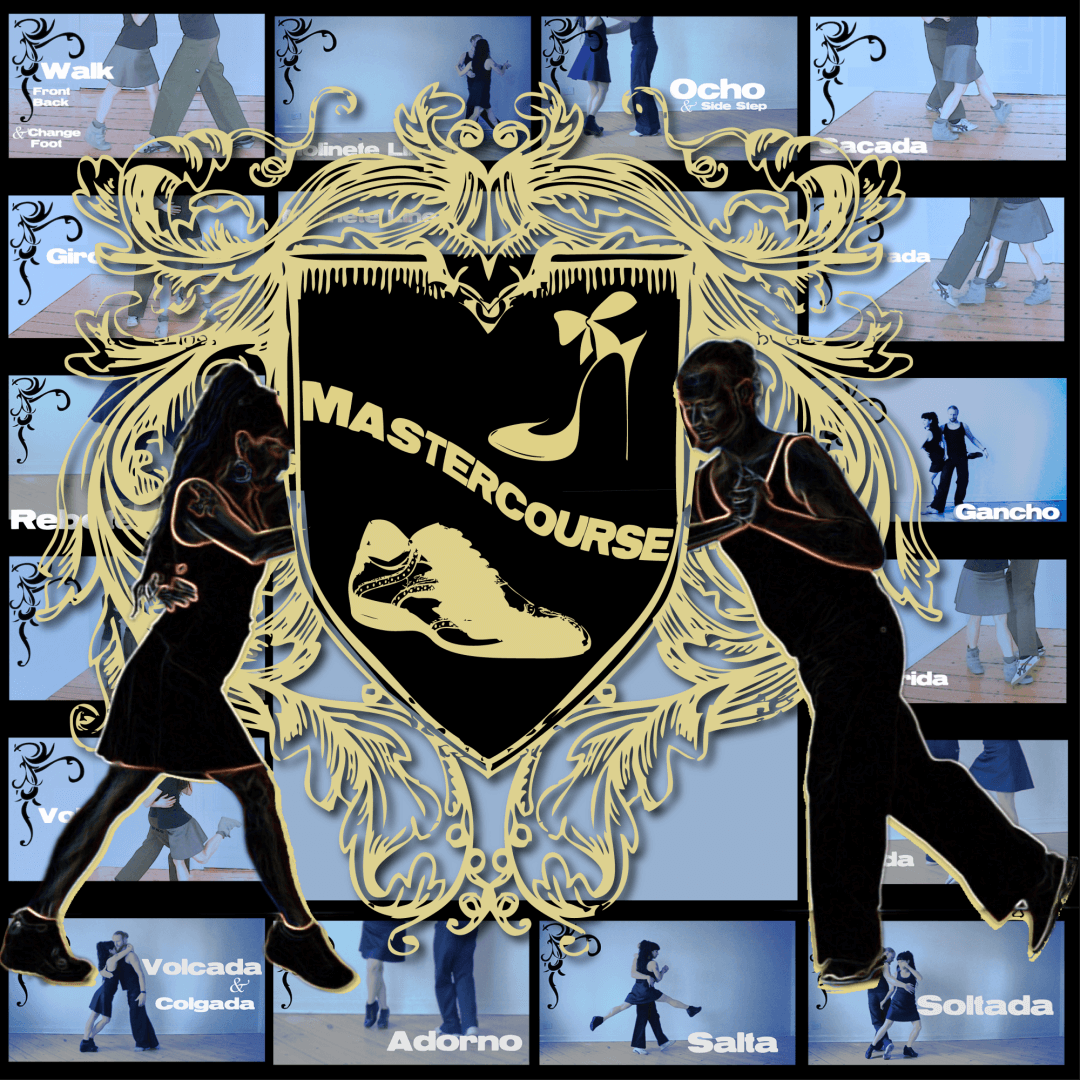Rebote Cadera
2017 Biomechanics: Co-contraction and joints
Definition and uses of co-contraction: intensify the arch, maximize projection, create elasticity.
Elasticity: Allowing a joint to flex and then choosing the timing and intensity of the co-contraction to create different effects
We can apply the co-contraction during flexion or extension of a joint.
In rebote cadera (and patada), the mark for the projection is built in to the movement of the joint (Mark’s pulling obliques and attached arm), then the co-contraction (simultaneous in the blocking arm and leg makes elasticity.
The revel will co-contract arms, allow hips to continue, and then co-contract legs. (consequence!)
2017 Improvisation
Difference between front and back rebote cadera: The co-contraction is not directional. The revel’s body has direction from the projection, the application of co-contraction will create a different sensation in the embrace (pull v. push).
Contrast between, and combinations of rebote cadera and voleo circular
Patada
2017 Biomechanics
- with wall: co-contraction by extension, in two feet, in one foot.
- with person AS wall: co-contraction to kick
- duo from projection: finding elasticity/block together
- duo finding projection + block










